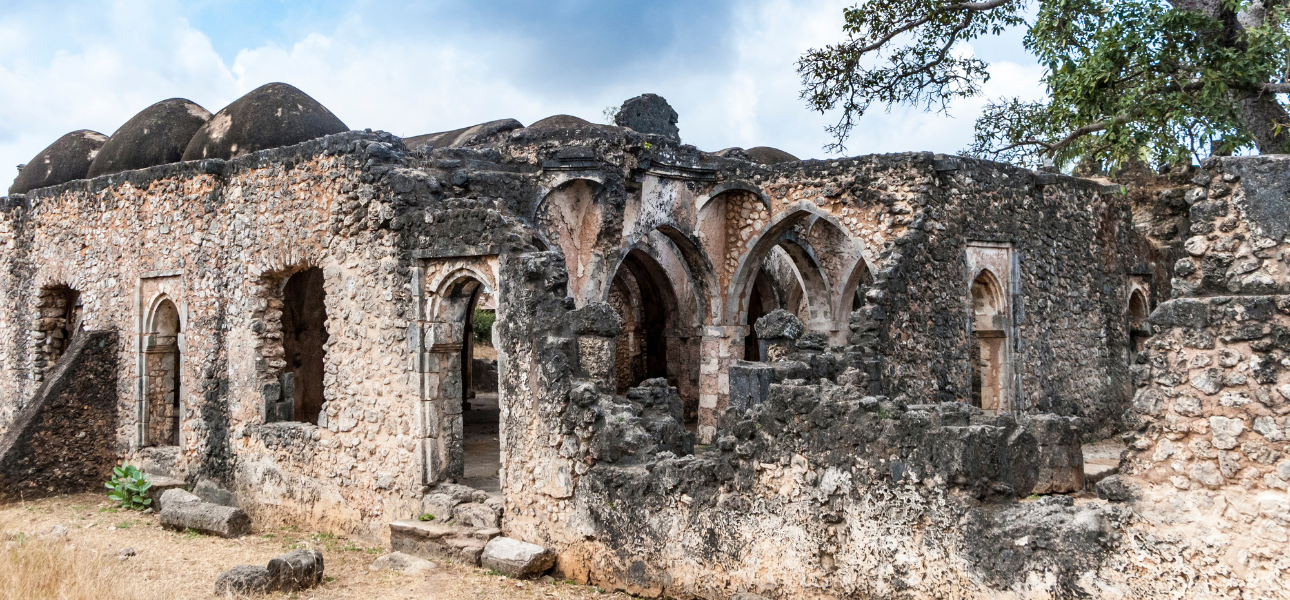Eastern Africa's Historical Landmarks: Exploring the Region's Rich Past

East Africa is a region steeped in history, boasting a rich tapestry of cultures, traditions, and historical landmarks that span centuries. From ancient civilizations and trade routes to colonial histories and post-independence developments, the region offers a fascinating journey through time.
Explore some of the most significant historical landmarks in East Africa, providing a window into the region's vibrant past.
1. The Ruins of Kilwa Kisiwani, Tanzania
Kilwa Kisiwani, an island off the southern coast of Tanzania, is a testament to the region's rich maritime history. This UNESCO World Heritage Site was once a thriving trading hub in the Indian Ocean, connecting Africa with Arabia, India, and China. Founded in the 9th century, Kilwa Kisiwani flourished between the 13th and 16th centuries, trading gold, ivory, and slaves. Visitors to the ruins can explore the Great Mosque, one of the oldest standing mosques on the East African coast, and the Husuni Kubwa, an impressive palace complex that once housed the island's sultans.
2. Fort Jesus, Kenya
Fort Jesus, located in Mombasa, Kenya, is a striking example of Portuguese military architecture and a symbol of the colonial struggles that shaped the region. Built in 1593-1596 by the Portuguese to protect their trade route to India, the fort has witnessed numerous battles and changes of ownership, including the Omani Arabs and the British. Today, Fort Jesus serves as a museum, showcasing a rich collection of artifacts from Mombasa's diverse history. The fort's imposing walls and strategic location offer visitors a glimpse into the region's turbulent past.
3.The Rock-Hewn Churches of Lalibela, Ethiopia
The rock-hewn churches of Lalibela in northern Ethiopia are among the most remarkable architectural achievements in Africa. Carved out of solid rock in the 12th and 13th centuries, these churches are a testament to the devotion and ingenuity of their builders. The churches are divided into two main groups, separated by the Jordan River, and include famous structures such as the Church of Saint George (Bete Giyorgis) and the Church of the Savior of the World (Bete Medhane Alem). Lalibela remains a major pilgrimage site for Ethiopian Orthodox Christians and a symbol of the country's rich religious heritage.
4. Gedi Ruins, Kenya
The Gedi Ruins, located near Malindi on the Kenyan coast, offer a fascinating glimpse into a once-thriving Swahili town that dates back to the 12th century. Hidden within a dense forest, the ruins include the remains of a mosque, a palace, and several stone houses, showcasing the town's advanced architecture and urban planning. Gedi was mysteriously abandoned in the 17th century, and its history remains shrouded in mystery. Excavations have revealed a wealth of artifacts, including Chinese porcelain and Venetian glass, indicating the town's extensive trade networks.
5. Zanzibar Stone Town, Tanzania
Stone Town, the historic heart of Zanzibar City, is a UNESCO World Heritage Site that reflects the island's diverse cultural heritage. The narrow streets, bustling markets, and grand Arab houses of Stone Town tell the story of Zanzibar's past as a major trading hub in the Indian Ocean. Visitors can explore the House of Wonders, the Sultan's Palace, and the Old Fort, each offering insights into the island's Swahili, Arab, Persian, Indian, and European influences. The town's vibrant atmosphere and rich history make it a must-visit destination for history enthusiasts.
6. The Olduvai Gorge, Tanzania
Known as the "Cradle of Mankind," Olduvai Gorge in northern Tanzania is one of the most important paleoanthropological sites in the world. The gorge has yielded some of the earliest evidence of human ancestors, including fossils and stone tools dating back over two million years. Excavations led by renowned archaeologists Louis and Mary Leakey have uncovered remains of early hominids, providing crucial insights into human evolution. A visit to the Olduvai Gorge Museum offers a fascinating journey through the history of human development and the significance of this unique site.
7. Kampala’s Kasubi Tombs, Uganda
The Kasubi Tombs in Kampala, Uganda, are a UNESCO World Heritage Site and the burial place of four Buganda kings. These tombs, housed in traditional grass-thatched structures, are a significant cultural and spiritual site for the Baganda people. The main tomb, Muzibu Azaala Mpanga, is an architectural marvel, showcasing traditional Baganda construction techniques. You can visit the tombs for yourself on our Kampala City Boda Boda Tour.
Conclusion
Eastern Africa's historical landmarks offer a captivating journey through the region's rich past, from ancient civilizations and medieval kingdoms to colonial legacies and post-independence developments. Each site provides a unique window into the diverse cultures, traditions, and histories that have shaped East Africa. Whether exploring the ancient ruins of Kilwa Kisiwani, the rock-hewn churches of Lalibela, or the bustling streets of Zanzibar's Stone Town, visitors are sure to be inspired by the region's vibrant history and cultural heritage.

Pande Nabende
Related content
Interdum et malesuada fames






